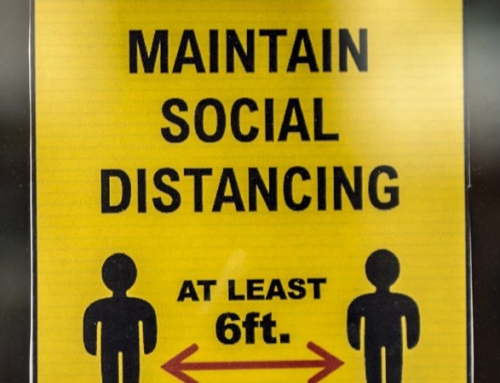Pros:
It can pick up on mistakes you don’t even realise you’re making.
Simple but catastrophic mistakes such as using the wrong their, there or they’re can turn a professional quality blog post into a cause for concern. Do you really want your clients to see this kind of grammatical error? How will it reflect on your business? For many people, grammar is an issue, so using software that checks for errors as you’re typing can be a great move. Old habits die hard but with prompting, you can not only identify the common mistakes you have been making in your writing, but you can also improve them.
It can do a lot of the hard work for you
One of the hardest things for a writer to do is to explain a complex or difficult concept in simple terms. Though there can be room for complicated, creative language in certain circumstances, for many people, brevity is indeed the soul of wit. Though Shakespeare’s language may be intimidating to some, his ethos on effective communication is still relevant today. Grammarly can analyse sentences and alert you to any potentially “difficult” passages. It will also make suggestions that allow you to convey the same meaning, but in fewer words. For niche subjects or areas that involve a lot of technical jargon, this can be extremely useful.
It can help to maintain a consistent tone of voice
If you use several different writers to provide your content, you may notice that the overall tone of the writing changes from person to person. This isn’t always a bad thing and there is a lot to be said for writing that has character and individuality, however, in some cases, consistency is more important than flair. Using Grammarly to scan older content can be a great way to identify discrepancies and establish a clear and authoritative voice across all the text on your site.
It works with both U.S and UK English
As the world begins to change and language evolves, the differences between U.S and UK English are starting to blur somewhat. Though there are still obvious alternative uses of nomenclature and sometimes pronunciation, writing for an online audience often requires an approach that allows readers from both sides of the Atlantic to understand your content. As a quick way to check your documents for avoidable errors, Grammarly is a very effective tool.
It doesn’t go “word blind.”
This is a phrase sometimes used to explain the strange but surprisingly common phenomena of completely missing a glaring error within a body of text. Tiredness, working for too long without a break and rushing to meet deadlines can all be a factor but there can also be other influences such as font size, typographical placing on a page or even the way a sentence is structured. Grammarly can potentially identify problems that even the most professional of proof-readers may miss.
Cons:
“Readability” doesn’t necessarily mean what people think.
The purpose of software like Grammarly is to improve the quality of written content online. Though brevity, clarity and simplicity are usually qualities that writers aim for when creating text for internet audiences, this isn’t always the case. Overly simplified text that lacks devices such as metaphor, simile or alliteration can be dull to read and often lacks personality. If you are trying to create content that engages your audience, it can be necessary to ignore some of Grammarly’s suggestions. If you run a few paragraphs of text written by your favourite author through the software’s processes, you may be surprised at the number “mistakes” it identifies. Clarity matters, but so does flair and creativity. This can be a great tool, but always remember that it can never replace a professional content writer.
Grammarly won’t understand dialect, slang or casual English
In marketing, using slang phrases and even sentence fragments to convey a sense of realistic, conversational style is a well-worn technique. “I’m lovin it” “Find your happy” and similar phrases aren’t technically correct in terms of standard English, but they are commonly used and almost universally understood expressions that audiences respond to in a positive way. Grammarly will underline this type of writing and highlight it as a problem, when in truth, it could be these deliberate imperfections and nuances that are the most defining features of your whole campaign. “I am loving it” doesn’t really have the same kind of impact as the abbreviated phrase, yet this is how the sentence would have looked had the marketing professionals at McDonalds decided to trust A.I rather than their own instincts.
You can become too reliant on it.
Just like calculators and spell checkers, Grammarly is another technological advancement that can be viewed as something of a double-edged sword. Having the basic knowledge of correct grammar at your disposal is an important skill, just like being able to add up in your head or write using a pen. Allowing a team of staff to use Grammarly for everything they write can potentially make people a little bit lazy. They may even forget some of the grammar rules they used to know. Essentially, though this a fantastic tool that can save time and potentially improve clarity, it’s important to remember that it is only a tool, not the definitive guide to the way all writing should be.
Summary:
For professional, clear and easy to read copy, Grammarly is the best invention since the spell check. Just remember not to let it do all the work for you, though. When used as part of a process, it can act like a second pair of eyes on a document, which is brilliant for spotting mistakes, but remember that it can’t come up with creative ideas for you. For quick emails, social media posts and many other types of content, Grammarly is probably the simplest way to avoid any embarrassing mistakes but do be aware that it can kill creativity and totally remove any personality from a piece of work.






